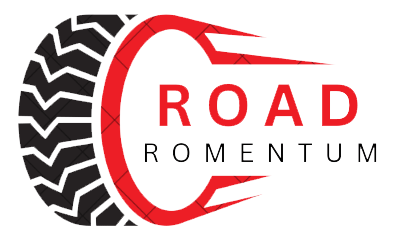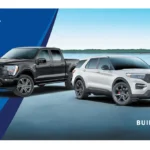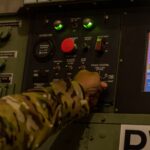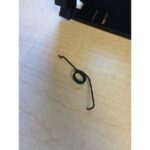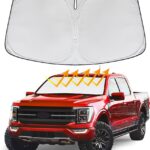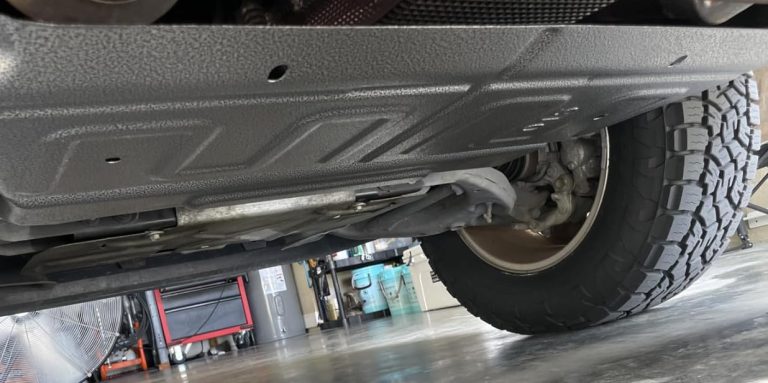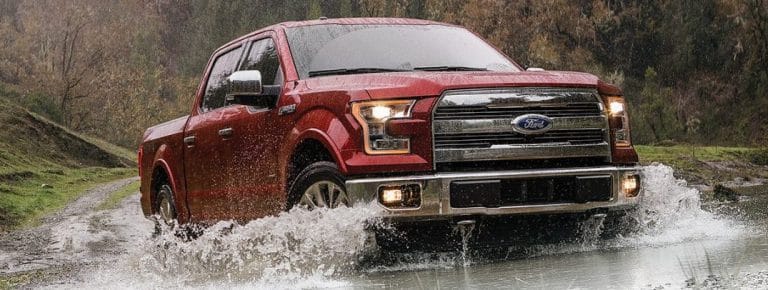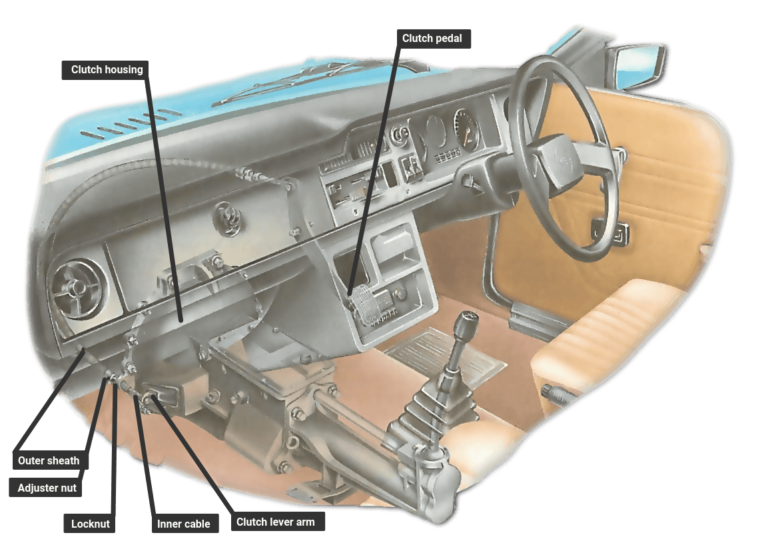what are the little clips that come with brake pads
Brake pad clips, also known as shims or retainers, are small components included with brake pads. They serve to reduce noise, maintain proper alignment, enhance heat dissipation, and extend brake pad lifespan. These clips play a vital role in ensuring a quieter, more efficient, and safer braking experience.
When it comes to vehicle safety, few components are as critical as the braking system. Brake pads, in particular, play a pivotal role in ensuring that your vehicle can come to a stop safely and efficiently. Most drivers are aware of the importance of brake pads, but there’s often one aspect of this vital component that remains a mystery: those little clips that come with them. In this article, we’ll dive deep into the world of what are the little clips that come with brake pads, exploring what they are, their functions, types, installation, and their impact on overall brake performance.
What Are Brake Pad Clips?
Let’s start with the basics. What exactly are these brake pad clips, and why do they matter? Brake pad clips, also known as brake pad shims or retainers, are small metal or composite components that accompany brake pad sets. They might seem inconspicuous, but their role in your vehicle’s braking system is far from trivial.
The Function of Brake Pad Clips
So, what do these little clips do, and why are they included with your brake pads? Brake pad clips serve several important functions, making them a crucial part of the braking system:
- Ensuring Proper Alignment: One of the primary functions of brake pad clips is to maintain the proper alignment of the brake pads within the caliper. They help secure the pads in place, preventing any unwanted movement or misalignment during braking.
- Reducing Noise and Vibration: Brake pads can generate noise and vibrations during braking, which can be uncomfortable and even annoying for passengers. Brake pad clips act as dampeners, reducing the vibrations and noise produced during braking, resulting in a quieter and smoother ride.
- Enhancing Heat Dissipation: When you apply the brakes, a significant amount of heat is generated due to friction. Brake pad clips aid in the efficient dissipation of this heat, preventing overheating of the brake pads and calipers, which can lead to brake fade and reduced braking performance.
- Extending Brake Pad Lifespan: Properly aligned and secured brake pads wear more evenly. Brake pad clips help in achieving this by preventing uneven wear patterns, ultimately prolonging the lifespan of your brake pads.
Types of Brake Pad Clips

Brake pad clips come in various types, each designed to serve specific functions within the braking system. Here are the most common types:
Shims:
- Anti-Rattle Shims: These shims are designed to reduce noise and vibrations. They provide a cushioning effect, minimizing the rattling and squeaking noises often associated with braking.
- Insulator Shims: Insulator shims are primarily aimed at reducing heat transfer from the brake pads to the caliper. They act as a thermal barrier, preventing excessive heat buildup in the caliper, which can lead to brake fluid boiling.
Retainer Clips: Retainer clips, as the name suggests, hold the brake pads firmly in place within the caliper, ensuring they don’t shift or rattle during braking.
Caliper Clips: Caliper clips secure the brake pads to the caliper bracket, ensuring proper alignment and preventing unwanted movement.
Installation and Maintenance
Proper installation of brake pad clips is essential to ensure they perform their functions effectively. Here are some guidelines to follow during installation:
- Clean the caliper and bracket thoroughly before installing the clips.
- Apply a thin layer of high-temperature brake lubricant to the contact points where the clips will be installed. This helps prevent squeaking and ensures easy movement.
- Ensure the clips are properly aligned with the caliper and bracket before securing them in place.
- Double-check that the clips are securely fastened, as loose or misaligned clips can lead to brake noise and reduced performance.
Regular maintenance is also crucial for the longevity and effectiveness of brake pad clips. Inspect them during routine brake service, and replace them if they show signs of wear or damage. Keeping the clips in good condition ensures that they continue to perform their intended functions.
The Impact on Brake Performance
Now that we understand the functions and types of brake pad clips, let’s delve into how they impact your vehicle’s brake performance:
Noise Reduction and Comfort: Brake pad clips play a significant role in providing a quieter and more comfortable ride. By reducing noise and vibrations, they contribute to a smoother driving experience, making your daily commute more enjoyable.
Improved Braking Efficiency: Properly aligned brake pads, secured by clips, ensure consistent contact with the rotor. This results in improved braking efficiency and responsiveness, reducing stopping distances and enhancing safety.
Cost Savings in the Long Run: By extending the lifespan of your brake pads and preventing premature wear, brake pad clips can save you money in the long run. You’ll need to replace your brake pads less frequently, reducing maintenance costs.
Compatibility and Replacement

Not all brake pad clips are created equal, and it’s essential to ensure compatibility with your vehicle’s make and model. When replacing brake pads, make sure to use the appropriate clips recommended by the manufacturer. Using the wrong clips can lead to brake noise, reduced performance, and even safety issues.
So, when should you consider replacing your brake pad clips? Here are some indicators:
- Visible signs of wear or damage, such as corrosion or deformation.
- Increased brake noise or vibration, even after brake pad replacement.
- Poor brake performance, including reduced stopping power or longer stopping distances.
While some experienced DIY mechanics may choose to replace brake pad clips themselves, it’s often recommended to have this done by a professional technician. They have the expertise and tools to ensure proper installation, alignment, and compatibility, ensuring optimal brake performance and safety.
FAQ:
Are the clips on brake pads necessary?
Yes, brake pad clips are necessary for proper brake performance and noise reduction.
What are the brake pad clips called?
Brake pad clips are commonly called shims or retainers.
Do you need spring clips for brake pads?
Spring clips, also known as retaining clips, are often used with brake pads to secure them in place, ensuring proper alignment and function.
Conclusion
Those little clips that come with your brake pads are far from insignificant. Brake pad clips play a crucial role in maintaining the alignment, reducing noise and vibration, enhancing heat dissipation, and extending the lifespan of your brake pads. They contribute to a quieter, smoother, and more efficient braking experience while potentially saving you money on maintenance costs in the long run. Remember to install the right clips for your vehicle, and consider professional assistance when it’s time to replace them. Your safety and the performance of your vehicle’s braking system depend on it.
